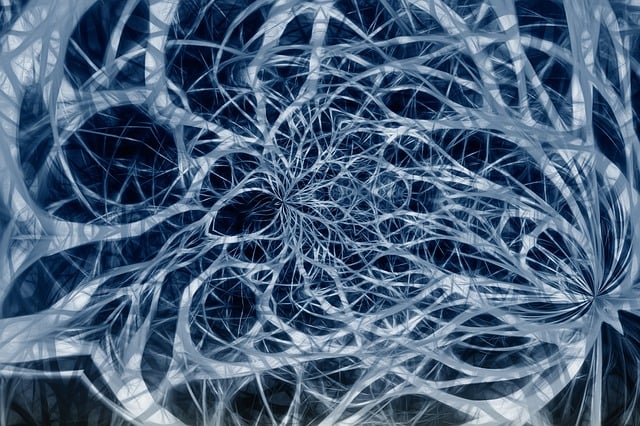PET scans revolutionize diagnosis and treatment of nervous system disorders like TBI and spinal cord damage by visualizing metabolic activity and neural pathways, enabling accurate assessments, personalized treatment plans, and progress monitoring for improved patient outcomes.
Traumatic brain and spinal injuries are complex medical conditions requiring precise diagnosis and targeted treatment. Medical imaging plays a pivotal role in understanding these injuries, offering insights that guide patient care. This article explores advanced imaging techniques, focusing on the power of PET scans to unravel brain injuries and their application in assessing spinal cord damage. We delve into how these technologies enhance the diagnosis of nervous system disorders, ultimately improving treatment outcomes.
Unraveling Brain Injuries: The Role of PET Scan
Pet scans have emerged as a powerful tool in unraveling the complexities of traumatic brain injuries (TBI). These advanced imaging techniques allow medical professionals to peer into the inner workings of the nervous system, providing insights that were once elusive. By tracking metabolic activity and molecular markers, PET scans help identify areas of brain damage, assess the severity of injury, and even predict recovery outcomes.
In the context of nervous system disorders, including TBI, a PET scan for nervous system disorders offers a non-invasive way to visualize structural changes and functional abnormalities. This technology enables doctors to make more accurate diagnoses, tailor treatment plans, and monitor progress over time. The ability to detect subtle alterations in brain function can lead to improved patient care and better outcomes for those suffering from traumatic brain injuries.
Advanced Imaging for Spinal Cord Damage Assessment
Advanced imaging techniques, particularly Positron Emission Tomography (PET) scans, have revolutionized the assessment of spinal cord damage resulting from traumatic injuries. PET scans offer a unique perspective by providing functional information about the nervous system. This non-invasive method allows researchers and medical professionals to visualize and measure metabolic activity within the spinal cord, helping them identify areas of injury and evaluate their severity.
By tracking specific molecular processes associated with neural activity, PET scans can detect even subtle changes in the spine’s function. This capability is invaluable for understanding the extent of damage after traumatic incidents, enabling more precise treatment planning. The technology’s sensitivity ensures that medical experts can monitor recovery progress and make informed decisions regarding rehabilitation strategies for patients with spinal cord injuries.
Diagnosing Nervous System Disorders: A Comprehensive Approach
Medical imaging plays a pivotal role in diagnosing and understanding nervous system disorders, offering a comprehensive approach to managing these complex conditions. One highly valuable tool in this field is the PET (Positron Emission Tomography) scan. This advanced imaging technique allows medical professionals to visualize metabolic activity within the brain and spinal cord, providing critical insights into neurological function and dysfunction.
By tracking specific molecular processes, PET scans can help identify abnormalities associated with traumatic brain injuries or spinal cord damage. For instance, they can detect increased glucose metabolism in areas of brain inflammation or reduced blood flow in ischemic regions, aiding in early diagnosis and treatment planning. This comprehensive approach enables healthcare providers to make more accurate assessments, ultimately improving patient outcomes and rehabilitation strategies for nervous system disorders.
Enhancing Treatment with Visualized Trauma Insights
Advanced medical imaging techniques, such as PET (Positron Emission Tomography) scans, play a pivotal role in enhancing our understanding and treatment of traumatic brain and spinal injuries. By visualizing neural pathways and metabolic activity, healthcare professionals gain invaluable insights into the extent and location of damage, enabling them to tailor treatments accordingly.
PET scans for nervous system disorders provide a window into the complex interplay of chemicals and cells within the brain and spine. This detailed imaging allows doctors to identify areas of impaired function, detect subtle changes not visible on standard X-rays or MRIs, and monitor treatment progress. As a result, patients receive more effective care, with potential improvements in recovery outcomes and quality of life.
Medical imaging plays a pivotal role in understanding and treating traumatic brain and spinal injuries, with tools like PET scans offering valuable insights into nervous system disorders. By providing detailed visualizations, these advanced techniques enhance diagnosis and guide treatment strategies, ultimately improving patient outcomes. Incorporating PET scan for nervous system disorders is a game-changer in healthcare, enabling professionals to navigate this complex landscape with greater precision and care.
